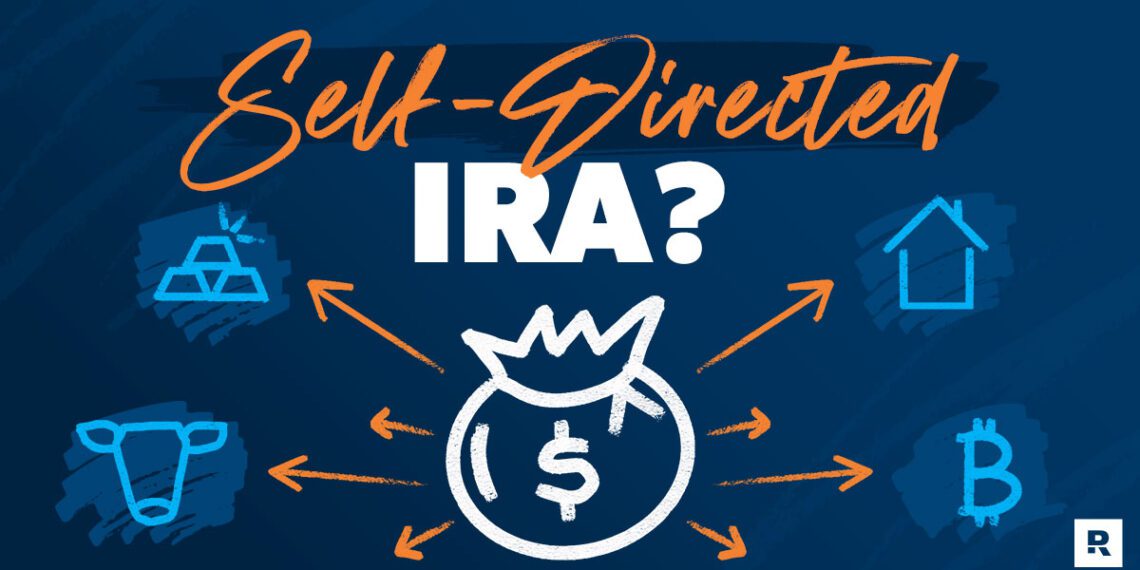Most folks who’ve started thinking about retirement know what an IRA is. Defined technically as an individual retirement account, the most common form of an IRA involves individual retirement savings that are capped by how much one can deposit until age 5. Then this legal tax shelter can be increased with accelerated savings, but everything has to be withdrawn eventually in one’s 70s. The government doesn’t let people save retirement dollars forever.
Table of Contents
Steer Your Own Retirement Ship
However, what a lot of folks don’t know is that an IRA can be self-directed, which can be a key advantage for those folks who are freelancing as a business or running their own small business. Instead of having to use a recognized brokerage or bank, one can set up their own self-directed IRA and control how the funds are invested to grow, and that can include public stocks, private stocks, real estate investment, LLCs, banknotes and a lot more that’s not available to the regular IRA investor. The first big advantage of the self-directed IRA comes down to flexibility in how it is controlled. The second big advantage is realized in a wide spectrum of investment choices not possible in typical IRA channels.
Going From a Soap Box to a Porsche in Retirement Options
Why is a self-directed IRA better than a regular IRA or, as many people ask when comparing, what makes it worth the trouble? The deposit limits are the same as a Roth, with six thousand for regular annual deposits and a catchup additional thousand dollars after age 50 annually. And the self-directed IRA still has to be held by a recognized custodian. So, in comparison to regular IRAs, there are a lot of similarities. But it’s not in the account mechanics where the advantage tends to exist. Instead, it’s in how it can be used by the owner.
Aside from the increased flexibility and additional investor options noted above, the self-directed IRA can be particularly advantageous for someone who already has significant expertise in a given investment arena. The owner still gets all the tax deductions and tax deferrals typical of IRA protections, and they can also roll in other retirement dollars from other retirement accounts. Many controlled or managed IRAs don’t offer this option to customers.
There are additional benefits from traditional IRAs and Roth IRAs that carry into self-directed IRAs as well. Folks can use them to pass on assets in inheritance to descendants without getting tangled in probate, just like they can with Roth IRAs. Self-directed IRAs also enjoy bankruptcy protection, a key factor when tied to a business as a business retirement account.
There are Risks Involved
Self-directed IRAs do take some expertise to manage and use. Make the wrong kind of deposit or transaction, and it can trigger a cascading event that treats the entire account as a taxable distribution, which is obviously not what someone wants early on with their retirement account. Additionally, there are management and administration fees to take into consideration. There will be a cost to set up the self-directed IRA, an annual maintenance fee, and transaction fees.
Carving a Unique Path Away From the Crowd
Self-directed IRAs are not for everyone, but many small business owners and independent contractors have taken advantage of the tool to give their retirement an extra boost on their own terms versus that of a brokerage or bank. With the current financial world exploding with numerous alternatives to the standard public investment market and government bonds, those who have a keen insight into growing areas can use a self-directed IRA to boost their retirement account under their own management.

